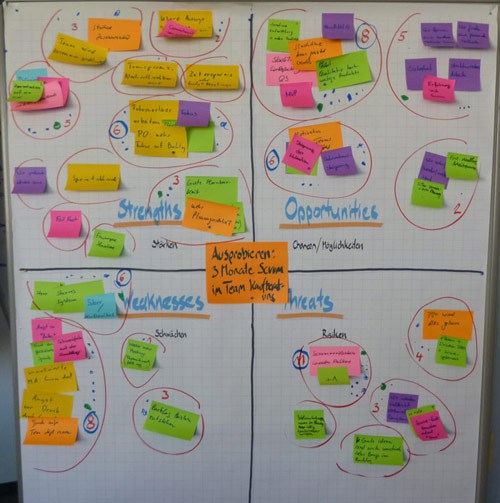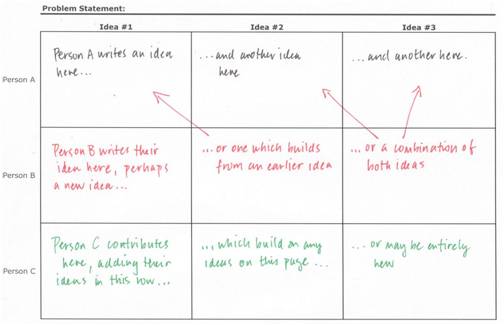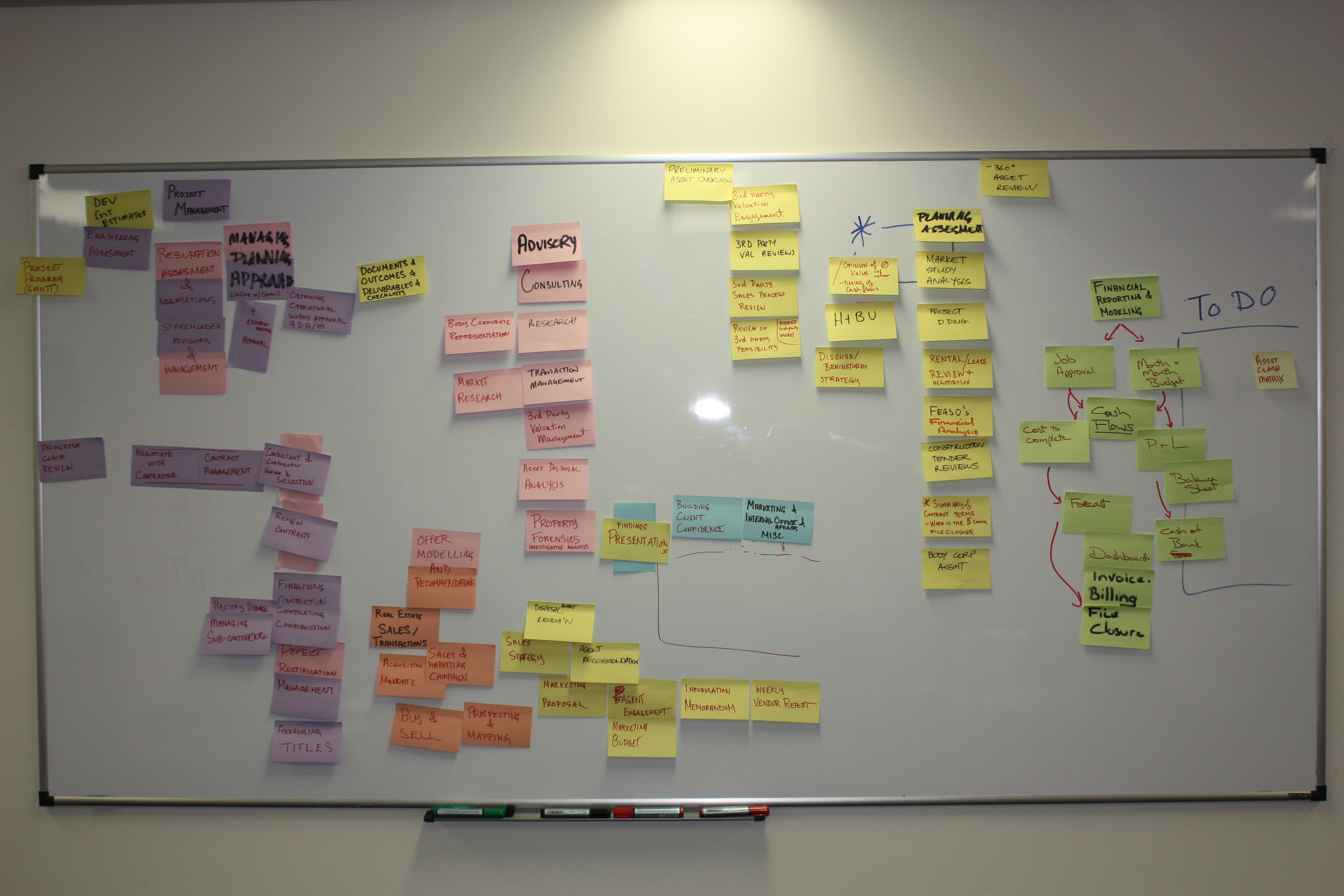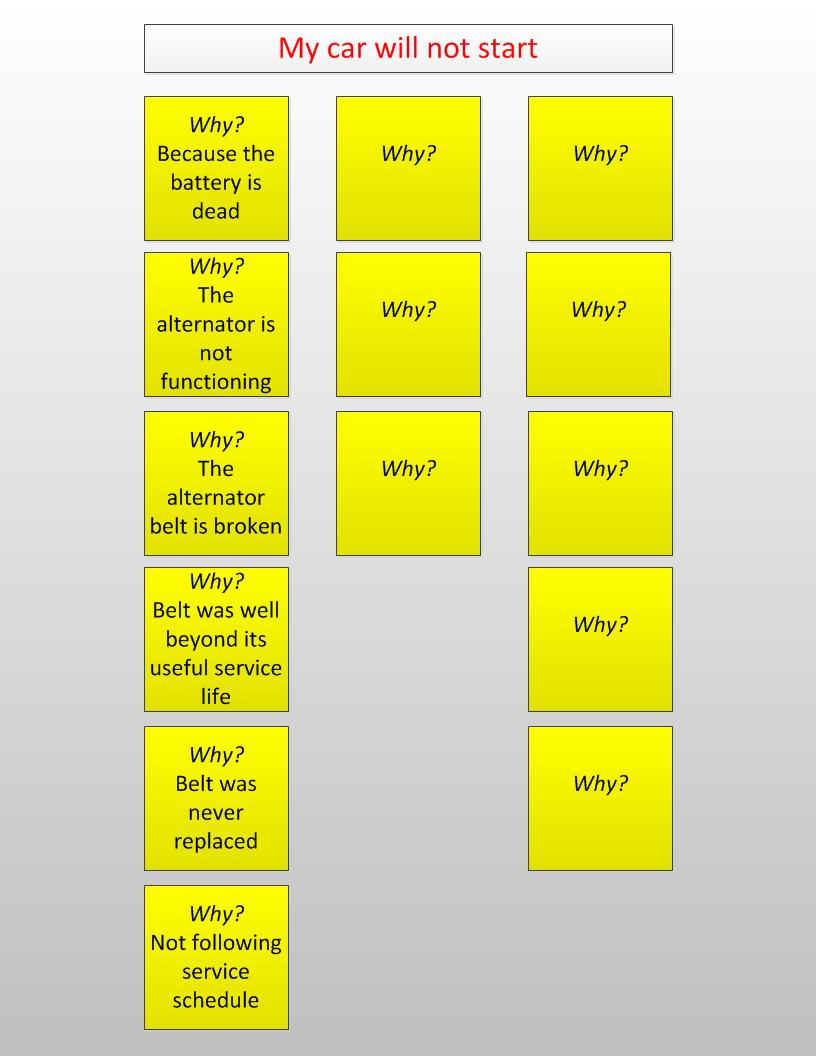How to Use Sticky Notes for Project Brainstorming
Posted by Stik2It on 8th Dec 2015

Sticky notes are the perfect tool for collaboration and brainstorming. They’re simple. They require ideas to be concise. They’re repositionable, easy to organize. and extremely cost-effective. Plus, they make collaboration easy as multiple employees can participate and generate ideas, increasing the productivity of the session.
Organization is what drives productive brainstorming sessions though. Without organization, you’re just throwing (or more accurately sticking) ideas at the wall. So how can you organize your sticky note brainstorming sessions? Well, it depends on the challenge you’re brainstorming for.
For example, if your hope is to generate ideas for debugging software, the Five Whys method might be most practical. Using this method, participants brainstorm ideas for why the software is having problems, and through multiple iterations, the goal is to uncover the underlying issue. Alternatively, if you’re trying to brainstorm if a marketing strategy makes sense, SWOT analysis might be the best option. This method encourages participants to write down strengths, weaknesses, opportunities and threats for a particular strategy (or product, service, etc.), ultimately helping you visualize if there’s a strong business case behind it. And if you are brainstorming for a wide range issue such as a political campaign, you might use multiple techniques.
Here are a few ideas for organizing your sticky note brainstorm sessions:
SWOT Analysis
SWOT stands for “Strengths, Weaknesses, Opportunities and Threats.” SWOT Analysis is widely used in business for brainstorming outcomes of a particular business solution. In the model, an idea is generated – it might be a marketing tactic, new feature, or solution to an existing problem.
This problem is then written on a whiteboard that is split into four equal sections. Participants take time to brainstorm ideas for each category. After all four are complete, the group has a useful tool for visualizing the potential of the solution to work or fail.
6-3-5 Brainwriting
This model is designed to stimulate creativity and was developed in the 1960s by German businessman Bernd Rohrbach. To get started, 6 participants (although the group can be smaller or larger) determine a business problem they are trying to solve.
Then, each participant generates 3 ideas in 5 minutes, writing each on a sticky note. The notes are shared with another participant, and the process is repeated 5 times for a total of 108 ideas. The idea is that viewing others ideas will help get the creative juices flowing and lead to innovation.
Mind Mapping
Mind mapping is a useful way to see the Big Picture around a particular idea. And it’s great for gathering input from different departments and employees across an organization.
To start, a central idea or business case is added to a sticky note and put in the center of a whiteboard. An example might be “Product Launch.” Then, branches are added pointing to various topics related to the task, which in our example might be, “Marketing,” “Beta Testing,” “Costs,” and “Measuring Outcomes.” Around each of these subtopics, participants add sticky note ideas and suggestions. The final result is a comprehensive outline of multi-faceted processes.
5 Whys
5 Whys is a method for determining the root cause of a problem, and it was originally developed by Toyota. Here’s how it works: A facilitator asks why a problem is happening, and participants brainstorm responses on sticky notes. For example, a question might mean “Why isn’t our product marketing more successful?”
After responses are gathered, the group chooses which answer to pursue for the next why question. If the group chose the response: “Because our marketing content isn’t effective,” the next question would be “Why isn’t our marketing content effective?” This process continues until a root cause has been determined. It might take several iterations to determine a cause, but it’s a great place to start for brainstorming solutions.
These are just a few ideas for brainstorming with sticky notes that are designed to help organize sessions. The truth is, though, there’s no right way. You might find your team is more creative when they produce ideas and organize them later. Or a traditional SWOT Analysis might be the answer. Either way, sticky notes are a powerful tool for stoking creativity and boosting productivity during brainstorming.




